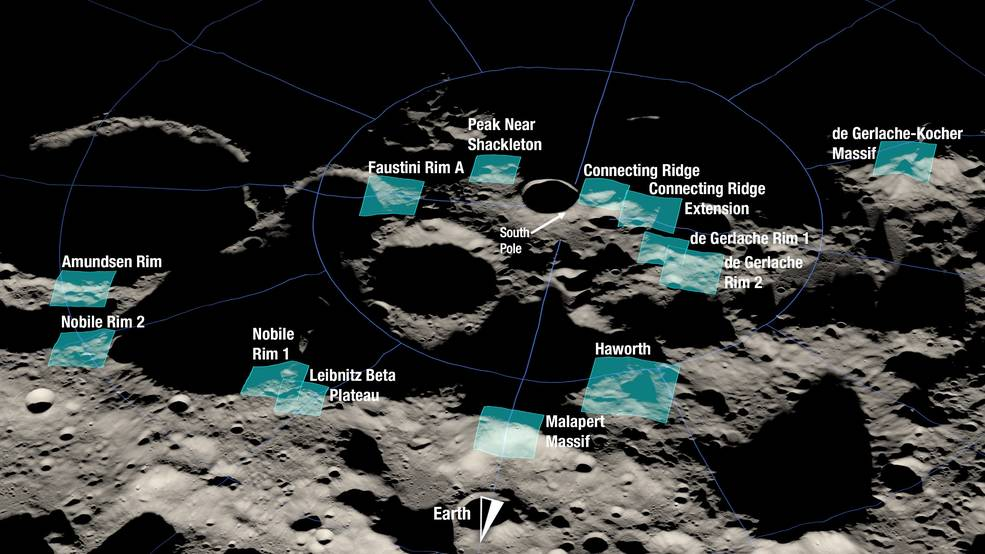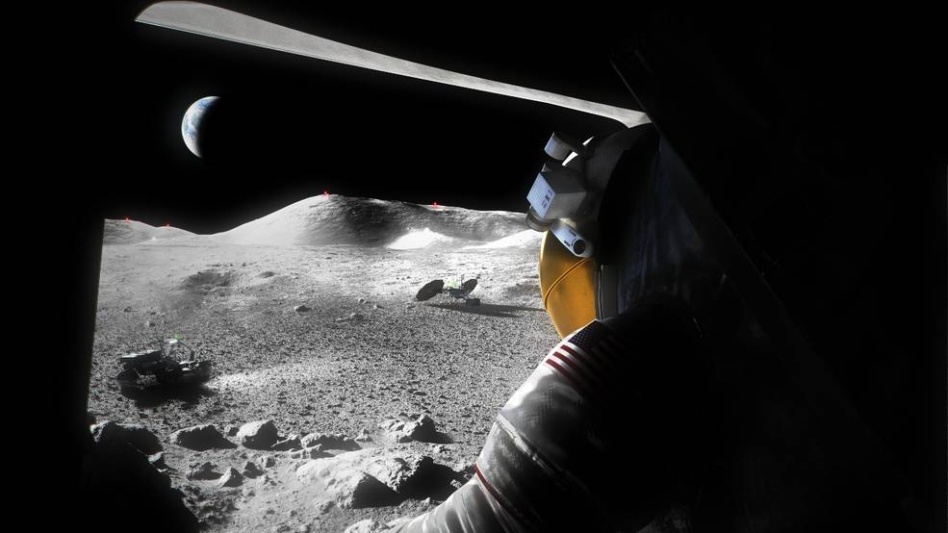The White House Office of Science and Technology Policy (OSTP) released its first National Cislunar Science & Technology Strategy on Thursday. The document lays out a whole-of-government R&D plan for American science and technology leadership, in service of “responsible, peaceful, and sustainable exploration and utilization of cislunar space, including the Moon.”
Cislunar, what? OSTP defines cislunar as “the three-dimensional region of space beyond Earth’s geosynchronous orbit but still within the gravitational influence of the Earth and/or the Moon…includes the Earth-Moon Lagrange point regions, trajectories utilizing those regions, and the Lunar surface.”
Walk the walk, talk the talk…The strategy confirms at least a focus on preserving US leadership in space science, technology, and exploration. It outlines how the administration views cislunar space as a major upcoming economic opportunity for the US space establishment. The policy is also consistent with the White House’s US Space Priorities Framework made public at the end of last year and includes all three of the Space Force’s development priorities.
The Four Objectives
Objective 1: Support research and development to enable long-term growth in cislunar space
- Meaning: enduring human presence, understanding effect of space environment on humans, workforce, space science, lunar tech
Objective 2: Expand international science and technology cooperation in cislunar space
- Meaning: International Lunar Year, peace, responsible practices, safety, new international cooperation
Objective 3: Extend US space situational awareness capabilities into cislunar space
- Meaning: identifying existing gaps, associated reference systems, data sharing, early warning systems, object catalog
Objective 4: Implement cislunar communications and positioning, navigation, and timing capabilities with scalable and interoperable approaches
- Meaning: foundational communications and navigation systems, scalability, interoperability, lower barriers to entry
OTSP developed the policy after consulting with DoD, Commerce, Energy, State, NASA, other agencies, and industry leaders this July.
Near and Far

The strategy’s near-term goals include Artemis, robotic missions in cislunar space, lunar mapping and surveying from lunar orbits, surface missions, radio/astronomy observations, and in-situ resource utilization. A whole lot of basic infrastructure is needed to support these near-term goals: communications, PNT, transportation, and RF spectrum management.
The longer term goals allude to a stronger geopolitical focus with regard to lunar surface rights and international laws. The strategy mentions interest in the Moon’s farside, aka the “shielded zone of the Moon,” noting that the area may enable radio astronomy observations not possible elsewhere.
This summer, NASA released 13 potential touchdown sites for the Artemis 3 mission over the summer. Each are 15x15km, located within six degrees of latitude of the south pole, and contain multiple landing site options. The 13 sites are: Faustini Rim A, Peak Near Shackleton, Connecting Ridge, Connecting Ridge Extension, de Gerlache Rim 1, de Gerlache Rim 2, de Gerlache-Kocher Massif, Haworth, Malapert Massif, Leibnitz Beta Plateau, Nobile Rim 1, Nobile Rim 2, and Amundsen Rim.
Per the White House…“The decade ahead is critically important for exploration of cislunar space, including the Lunar surface. NASA estimates that over the next ten years, human activity in cislunar space will be equal to or exceed all that has occurred in this region since the Space Age began in 1957.”




